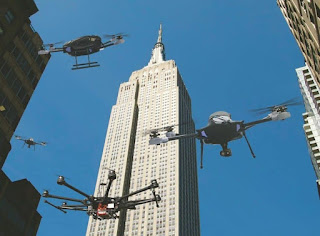University of Penn's Mind Stimulator

Gentle Electric Pulse Boosts Memory University of Pennsylvania Innovation Scientists at the University of Pennsylvania have demonstrated that gentle, imperceptible electric impulses passing through the brain improve memory and information retention. 15% Improvement In fact, the electric pulses increase memory and information retention up to 15%. The electrical stimulation is precisely timed and targeted to the left side of the brain in the left lateral temporal cortex. Real-Time The Penn team developed a system to monitor the brain's activity real-time and trigger stimulation based on the activity. The electrical pulses are unfelt and at a safe level. Exciting, Personalized Machine Learning Models Twenty five neurosurgical patients being treated for epilepsy participated in the study at clinical sites around the US. The scientists developed patient-specific, personalized machine learning models. They programmed the stimulator to deliver pulses only when memory was p





